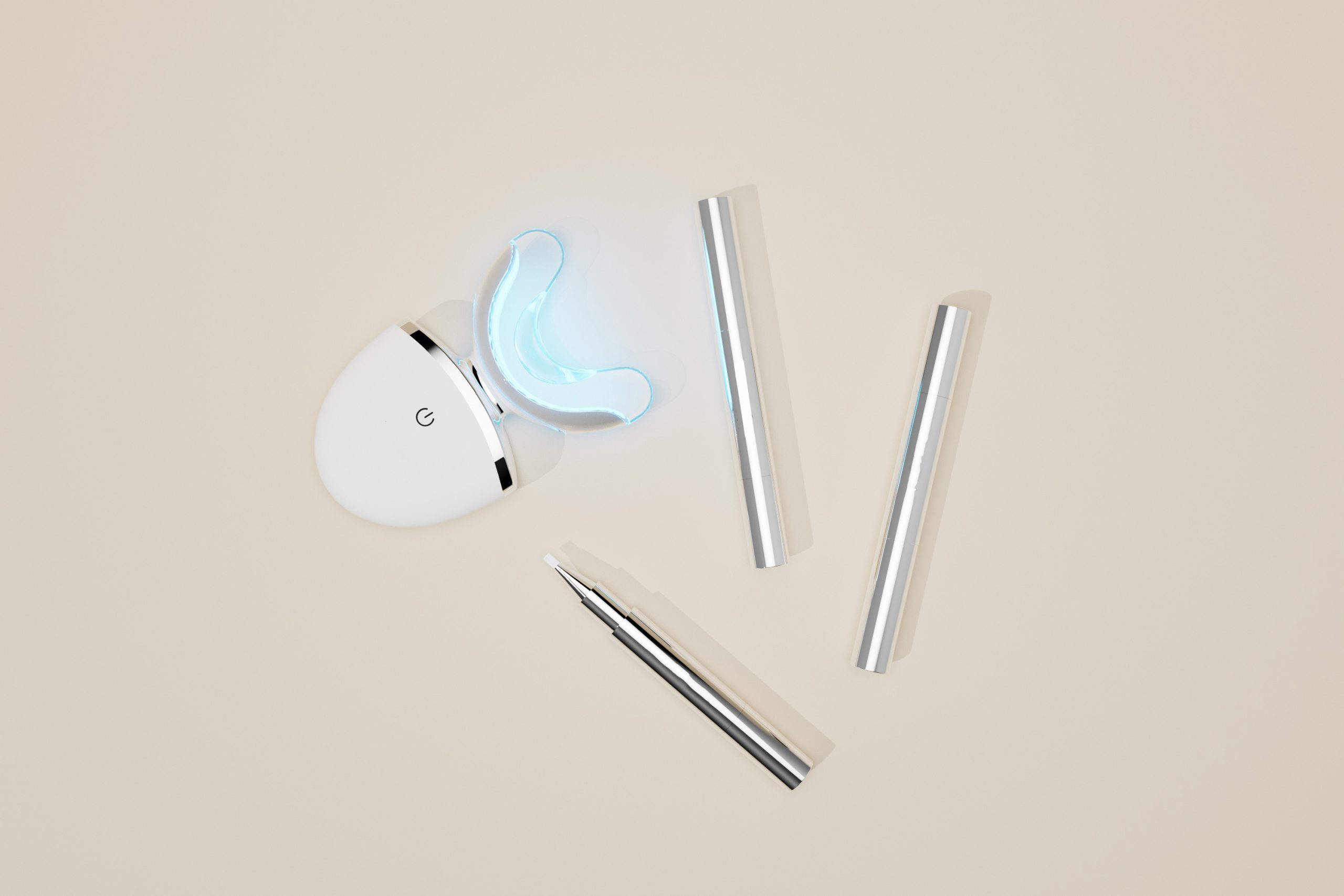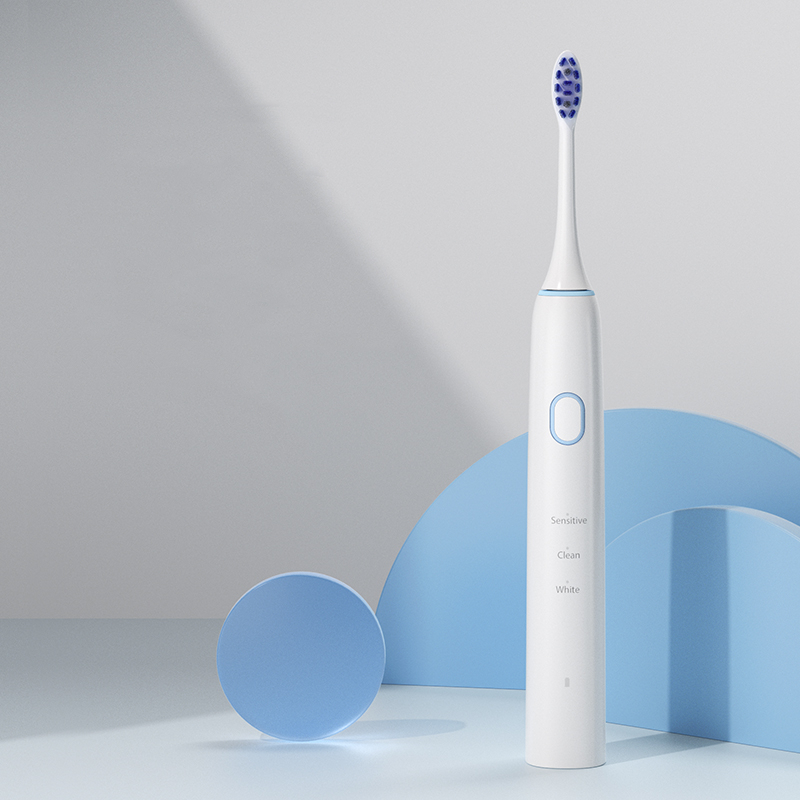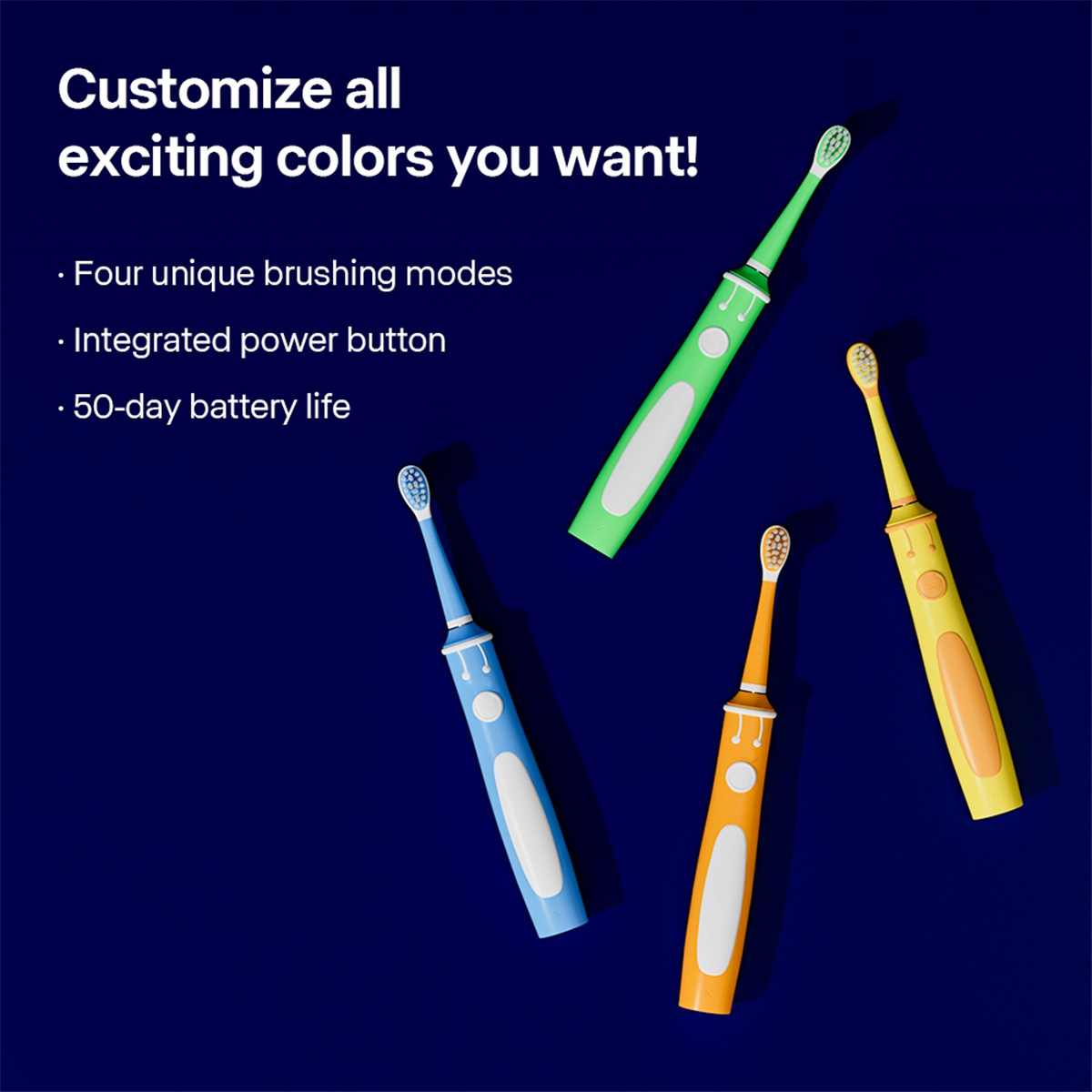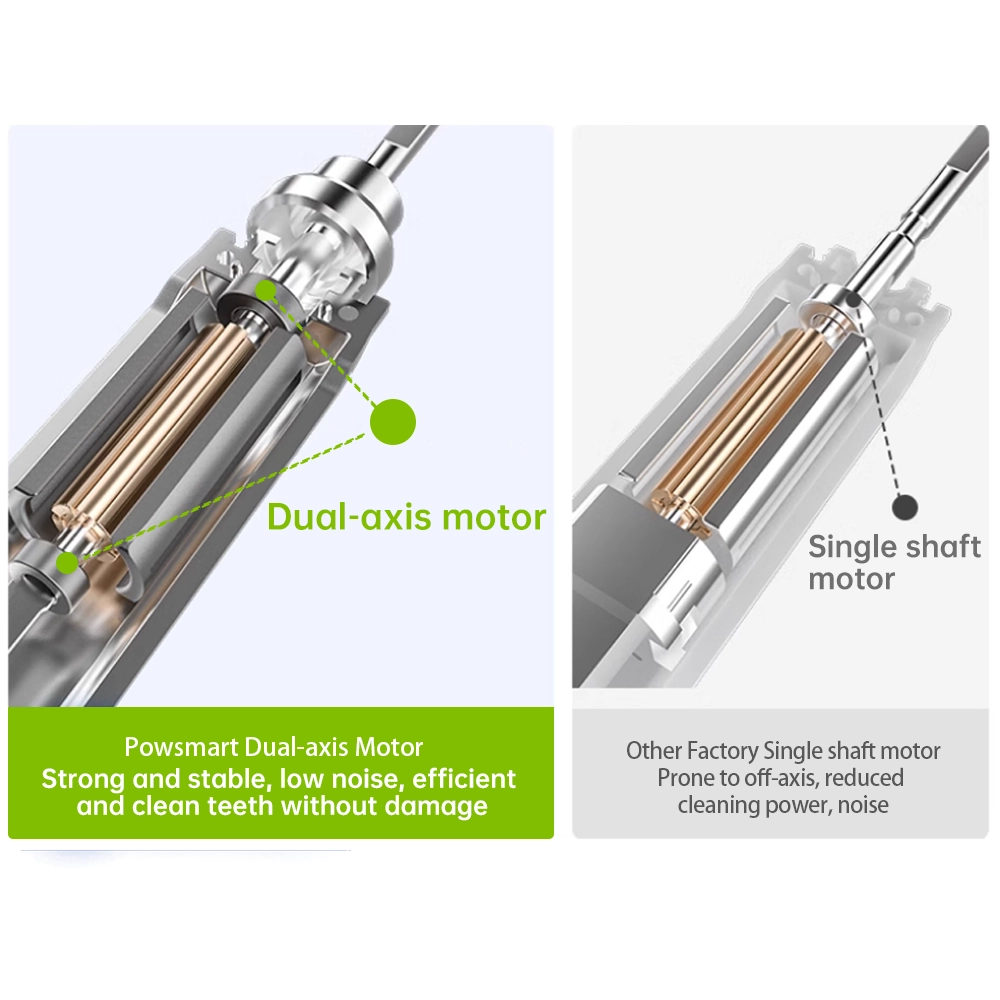In the precision world of smart oral care, user expectations hinge on two fundamentals: stable performance and convenience. But what happens when frequent mode malfunctions unexpectedly increase refill frequency, turning routine oral care into a frustrating experience? Recent customer data and manufacturer-side diagnostics suggest these two issues may not be isolated events. In this article, we explore how mode control failures can trigger inefficient water/fluid consumption and what OEMs can do to prevent this from impacting user satisfaction and brand perception.
In water flossers, electric toothbrushes with irrigation, or multi-mode oral hygiene devices, mode malfunction typically refers to:
These malfunctions often stem from:
Though seemingly minor, such issues can deeply affect device efficiency—particularly in fluid-dispensing products.
When a device’s spray or pulse mode is unstable, the water or solution it uses may be consumed unevenly. For example:
All of these factors directly increase the refill frequency, often leaving users confused or annoyed by the need to replenish fluid mid-routine—even in high-capacity models. Company web:https://www.powsmart.com/product/electric-toothbrush/
Across multiple brands and regions, recurring patterns include:
These feedback loops, if left unresolved, escalate into customer frustration and warranty returns. Worse yet, they erode trust in the “smart” function of otherwise well-built products.
From a manufacturing perspective, mode malfunction is rarely a single-component issue. Key design weak points include:
Preventing these failures requires cross-disciplinary solutions:
To ensure robust operation and fluid efficiency, we recommend:
With proper QA gating, manufacturers can confidently market “stable mode logic” and “smart water efficiency”—two metrics buyers are increasingly prioritizing.
The good news: when solved properly, mode stability becomes a marketable strength. Manufacturers can:
By preemptively solving the mode malfunction/refill frequency issue, brands can not only reduce returns but also position themselves as true innovators in smart oral care.
While mode malfunction and increased refill frequency may seem like small nuisances on their own, together they represent a critical failure in product trust and daily user experience. For B2B manufacturers, addressing this pain point early in the design and QA phase is essential—not only to meet client expectations but to stay ahead in an increasingly competitive, convenience-driven market. Contact us
.jpg)
.jpg)

How to claim a Boston student discount on Boston clinic recommended brushes

Discover the Latest Wonders of Teeth Whitening Kit

San Diego Military-Grade Durable OEM Electric Toothbrush Suppliers

Proper Teeth Cleaning Techniques with Electric Toothbrushes: Guide for OEM Manuals
Does Loud Electric Toothbrush Noise Reduce Cleaning Efficacy?
Does Reservoir mold in Water Flosser Tanks Block Spray Tips?

Battery Leakage, Shell Peeling Off… What Are the Familiar Problems with Unqualified Children Electric Toothbrushes?

A Guide to Dentistry for Seniors – Inspiration for Brand Owners to Select Products

Retail Merchandising Tactics for Oral Care Products: Strategies for Brands Seeking Manufacturing Partners
ADA Approved Electric Toothbrush Chicago

Ultrasonic vs. Sonic Toothbrush – Pros and Cons

Five benefits of using a Wave electric toothbrush

Environmentally-conscious Electric Toothbrush Production Manufacturers in Austin
Does Teeth Whitener Cold Light Radiation Accelerate Enamel Demineralization? Lab Results Revealed!

Interesting Teeth And Dental Facts That Will Surprise You

The Core Component of an Electric Toothbrush – electric Motors

Customization Teeth Whitening Gel

electric toothbrush heads Ultra Soft

electric toothbrush heads Charcoal Infuse-Round

electric toothbrush heads Deep Clean

electric toothbrush heads Regular Clean
.jpg)
Florida Electric Toothbrush – Powsmart PTR-C8

Electric toothbrush heads Charcoal Infused-Diamond

Private Label Whitening Gel